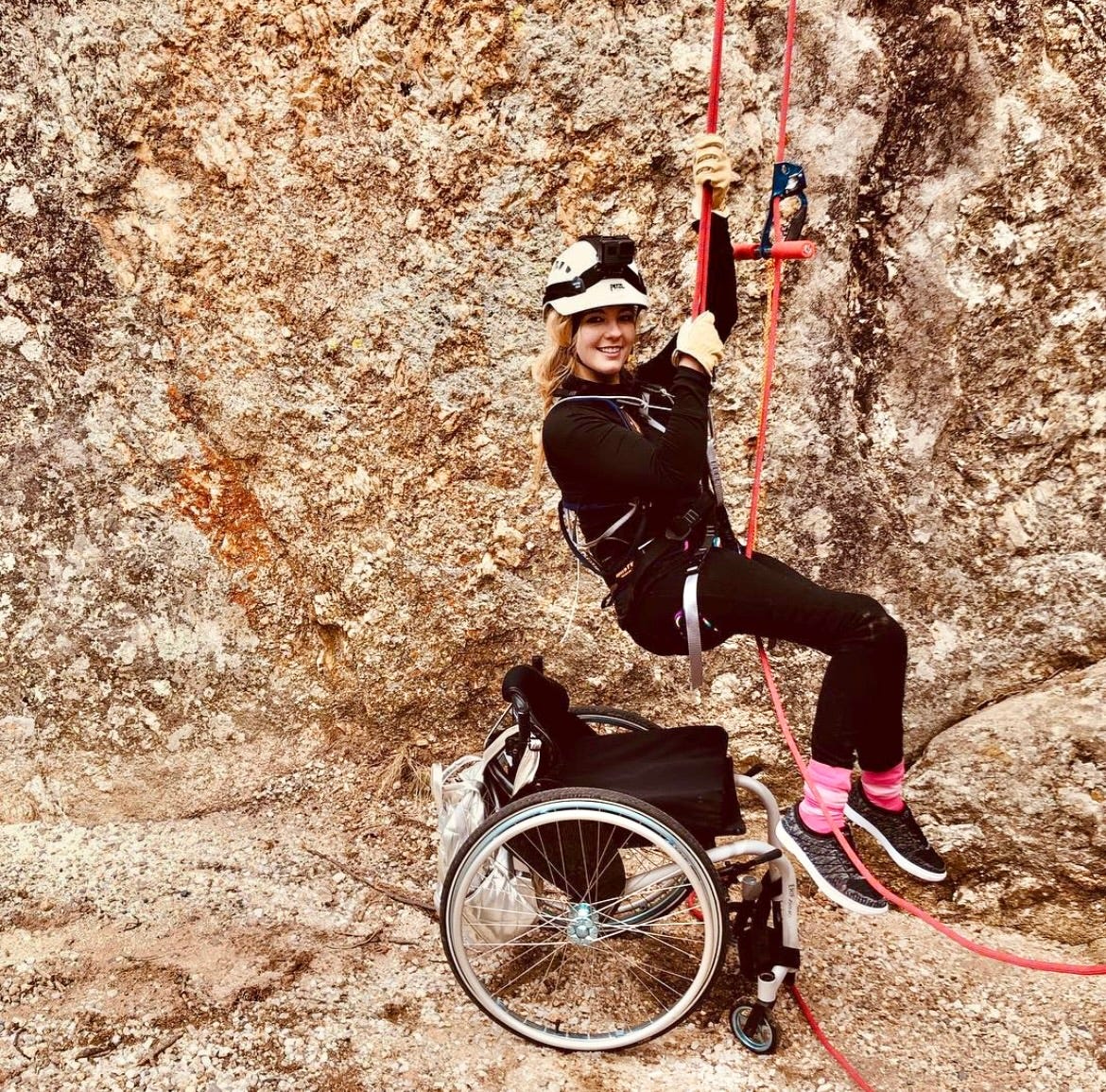The physical and mental benefits of yoga are well documented. It can help you increase your strength and flexibility, lower your risk of heart disease, and even ease anxiety and depression. Studies now show that yoga can help women who suffer from urinary incontinence by improving pelvic health and help gain more control over their bladders. If you have urinary incontinence, it's important to explore your options to maintain the active and happy lifestyle you’ve always enjoyed. Yoga can help you manage and improve your symptoms with its combination of pelvic floor-strengthening poses and its relaxation aspects. While these poses are pretty simple, it's a good idea to talk to your doctor before starting a new exercise routine.
Yoga Poses
Similar to Kegel exercises, there are some yoga poses that help you gain strength in your pelvic floor muscles, which can help incontinence symptoms. Yoga can actually strengthen more muscles within the pelvic floor than Kegel exercises can.
Try these yoga exercises to strengthen and relax the pelvic floor muscles:
Garland Pose:
The simple squat pose or malasana can help strengthen your pelvic floor and allow you to contract it more forcefully. Squat on the ground bringing your feet as close together as you can manage. Move your thighs a little further apart so they are wider than your torso. Breathe out as you lean your torso forward. It should fit between your thighs snugly. Press into your inner knees with the elbows and bring your palms to each other in salutation. Lengthen your front torso. Next, if you want to deepen the pose, try and press your inner thighs to the sides of the torso. Simultaneously, reach your arms overhead, swinging them to either side and fit your shins into your armpits. Let your fingertips press into the ground or clasp the back of your heels with them from the outside of your ankles. Hold this position for 30 seconds and work up to a minute over time. Breathe in as you straighten your knees and stand.
Triangle Pose:
Triangle pose is a pose in which your legs create a triangle with the floor. The feet are positioned wider than the shoulders (about 3 feet apart), with the front foot turned perpendicular to the other, aligned at the center. The upper torso is bent towards the front foot with hands extended perpendicular to the floor. Your head should turn to face the ceiling. Hold this pose for 30 seconds to a minute, and balance out by doing the stretch with your right, then your left foot facing forward.
Cat-Cow Pose:
Go into a hands and knees position on your yoga mat with your hands flat on the floor. Your legs should be hip distance apart. As you inhale, curve your spine down toward the floor as you lift your head, chest, and tailbone. As you exhale, bring your head down to tuck under your arms and arch your back. Move back and forth between the movements along with your breathing.
Yoga exercises are beneficial since a lot of the poses strengthen the core muscles and in turn engage the pelvic muscles. For more poses that target the pelvic floor to relax or strengthen it, try Legs-up-the-Wall pose, Happy Baby pose, Chair pose, Bridge pose and Corpse pose. You can find additional poses to try here.
For best results, consider joining a group yoga class at your local yoga studio, gym, or community center. Studies have shown that you’re more inclined to stick to a new exercise routine when doing it in a group setting.
Stress-Free Poses
The practice of yoga focuses on stretching your body, deep breathing, and relaxation. Our Attends Discreet Pads line offers comfortable, ultra-absorbent and odor neutralizing pads that move with your body so you can move confidently from pose to pose without worrying about leakage. These pads have an adhesive that attaches to your underwear and is unobtrusive under your yoga pants.












